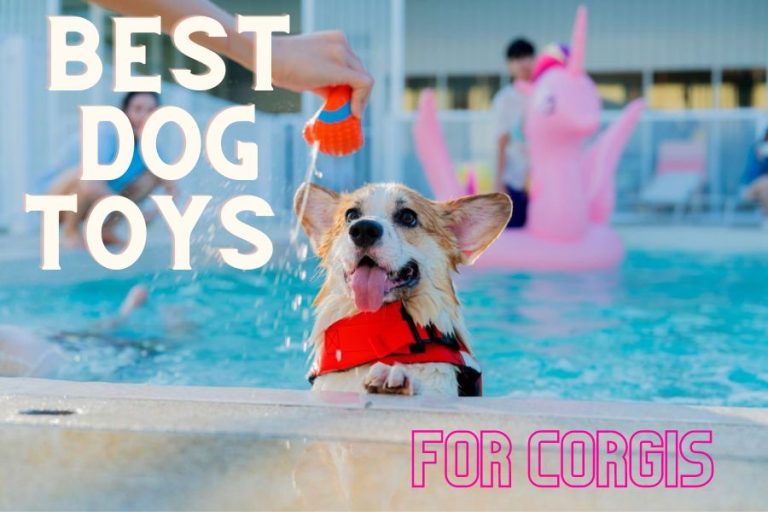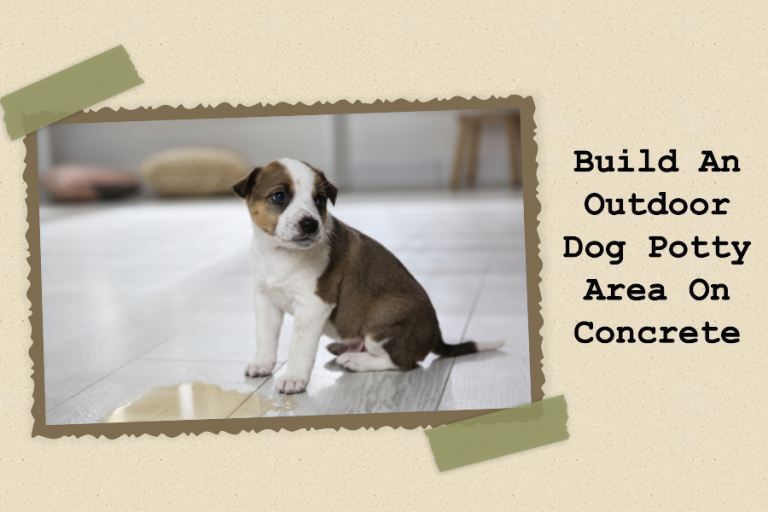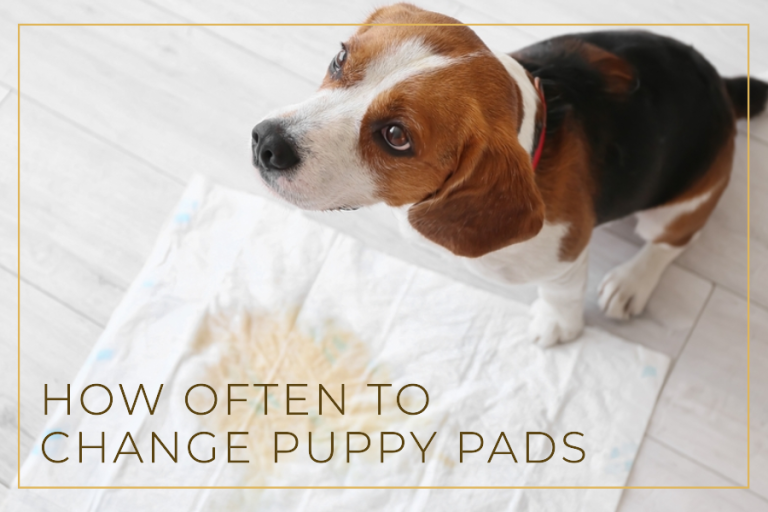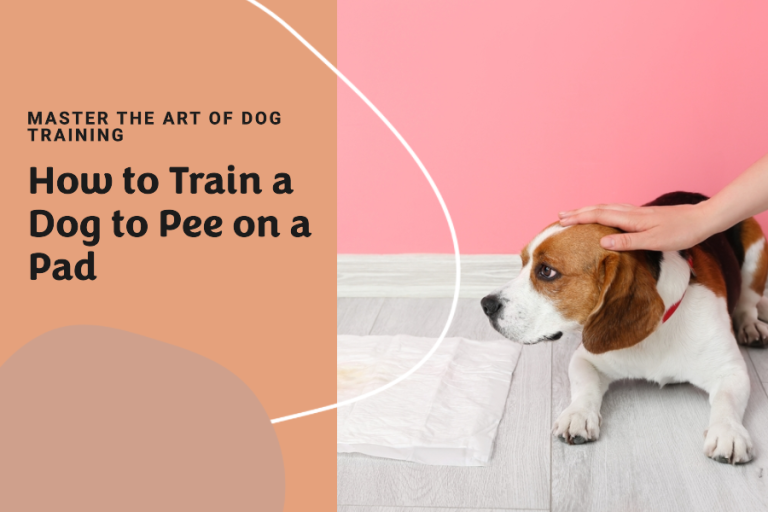Shock Collar Doesn’t Phase Dog: Remarkable Tolerance to Shock Collar
How come some dogs don’t react to the shock collar? Is it the dog’s personality, or might it be the way it’s being trained? Many people who have pets are puzzled by this situation. Is your furry friend ignoring the shock collar? Don’t worry, you’re not alone!
In “Shock Collar Doesn’t Phase Dog“. We’re here to help you understand why this happens. We’ll explain what shock collars are, how they’re supposed to work, and why they sometimes don’t. We’ll also share some tips and tricks to help you solve this puzzle. So, sit tight and let’s get started on this journey together. We promise it’ll be a walk in the park!
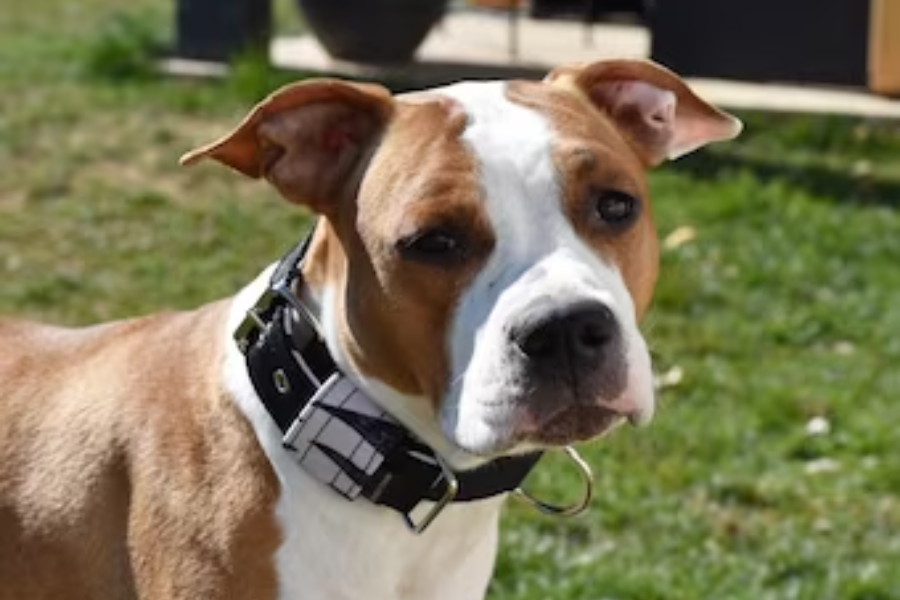
Why Is My Dog Not Responding To The Shock Collar?
To understand why your dog may not be responding to the shock collar, we first need to understand how these devices work. A shock collar is a device used for canine training that, when activated, delivers a little electrical snap to the dog’s neck.
The shock is intended to get the dog’s attention and discourage unwanted behavior. It’s important to remember that the purpose of the shock is not to cause pain but rather to serve as a distraction.
How do shock collars work?
Shock collars operate by delivering a series of low-level electrical shocks to your dog’s neck. The shock is generated by a small electronic device housed in the collar, which is activated by a remote control or an automatic trigger like barking. The theory is that the discomfort caused by the shock will deter your dog from repeating the unwanted behavior.
Possible reasons for non-responsiveness
There are several reasons why your dog may not be responding to the shock collar.
Low Sensitivity: Some dogs have a higher tolerance for the stimulation from a shock collar. This can be due to their size, breed, or individual pain threshold. The collar’s current setting might not be strong enough to get their attention.
Desensitization: If the shock collar has been used excessively, your dog may have become desensitized to the stimulation. This often happens when the collar is used as the primary training method without integrating other forms of positive reinforcement.
Improper Fit: If the shock collar isn’t fitted correctly, it may not make consistent contact with your dog’s skin. The collar needs to be snug enough to ensure contact but not so tight as to cause discomfort.
Distractions: In highly distracting environments, your dog might ignore the stimulation from the collar. Their focus might be more on the environment than the sensation from the collar.
Training Gaps: If the shock collar is not used correctly as part of a comprehensive training strategy, the dog might not associate the stimulation with their behavior. Consistency, timing, and clear communication are key in training.
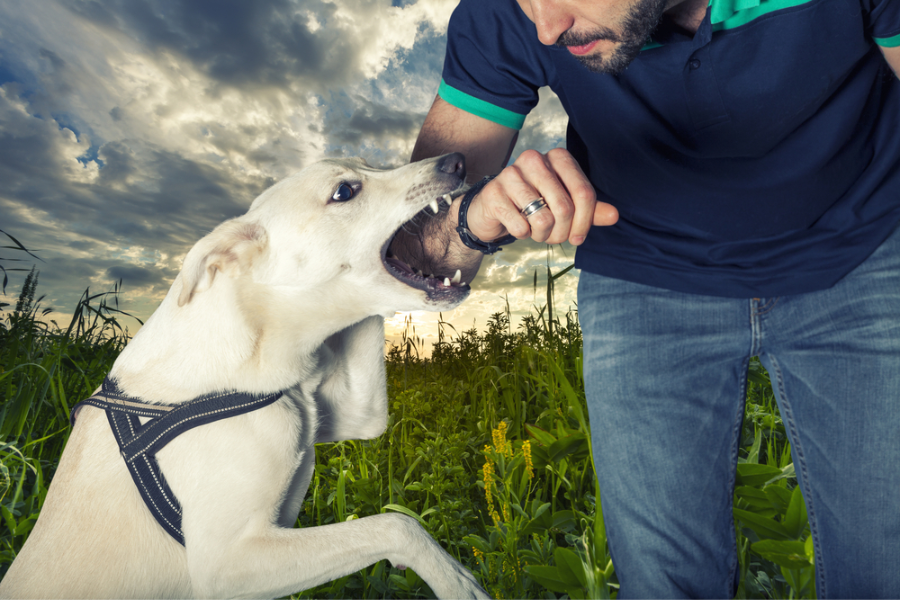
Why Shock Collar Doesn’t Phase Dog?
To determine why your dog is not responding to the shock collar, you’ll need to do some troubleshooting.
First, check the collar’s fit and the intensity of the shock. Make sure the collar is snug enough that the prongs make contact with the skin but not so tight that it’s uncomfortable. If the intensity of the shock seems to be the issue, try gradually increasing it until your dog responds. However, always be careful not to set the intensity too high as it can cause unnecessary discomfort.
If these adjustments do not yield results, it may be time to consult with a professional trainer or consider alternative training methods. Remember, the goal is to train your dog effectively, not to cause them distress.
What Makes a Shock Collar Work Well?
Let’s talk about what can make a shock collar work well or not so well. This includes your dog’s personality, how strong the shock is, if the collar fits right, and what dog trainers say about them.
Appropriate Stimulation Level for Different Dog Age Groups
When it comes to the stimulation level of shock collars, age is a significant factor.
For puppies (under 6 months), I generally advise against using shock collars. Their developing bodies and minds are too sensitive, and there are more effective, gentle training methods available.
For adolescent dogs (6 months to 2 years), if a shock collar is deemed necessary, it should be on the lowest setting. Their increased curiosity and energy levels often require more consistent training, but still with a gentle touch.
For adult dogs (2 years and older), the collar’s stimulation can be adjusted more freely, but always starting at the lowest level and only increasing as needed. It’s crucial to observe each dog’s reaction and adjust accordingly.
Integration with Training
Integrating shock collars into training means using them as one part of a comprehensive approach. For example, in basic obedience training, such as ‘sit’, ‘stay’, or ‘come’, the collar can be used to reinforce commands already introduced with positive reinforcement.
In recall training, especially in distraction-rich environments, the collar can act as a focus tool. For boundary training, such as preventing a dog from entering certain areas, the collar can reinforce spatial limitations. In each case, the collar is supplementary to treats, praise, and other positive reinforcement methods.
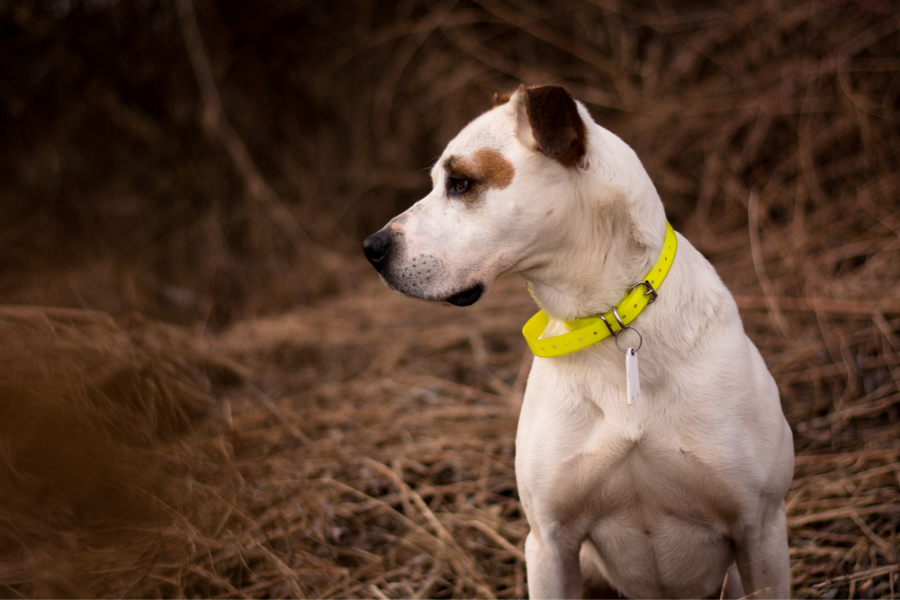
Understanding Your Dog’s Temperament
Different breeds often have varied temperaments, affecting how they respond to shock collars.
For instance, Labradors, known for their trainability and even temper, may respond well to minimal stimulation in conjunction with positive reinforcement. On the other hand, Greyhounds or Whippets, being more sensitive, might find even low levels of stimulation too much.
Breeds like German Shepherds or Dobermans, known for their intelligence and alertness, might require a balanced approach, where the stimulation level is carefully adjusted to their reaction.
What To Do When Your Dog Doesn’t Respond To Shock Collar?
When your shock collar doesn’t work on your dog, don’t worry! We’re here to help. Let’s walk through what you can do right away, when to ask a pro for help, and other ways to train your dog.
- Patience and Understanding : Understand that all dogs learn at their own pace. Be patient and avoid getting frustrated if progress seems slow. Celebrate small victories and remain positive throughout the training process.
- Check Collar Fit and Function: Ensure the collar is properly fitted: it should be snug enough to maintain contact but not too tight. Also check the battery and the overall functionality of the collar.
- Adjust Stimulation Level: Always start with the lowest setting and gradually increase to find a level your dog notices but isn’t distressed by.
- Provide Mental and Physical Stimulation: Sometimes, lack of response can be due to boredom or excess energy. Ensure your dog is getting enough physical exercise and mental stimulation.
Alternatives to shock collars
If the shock collar doesn’t work, try other ways to train your dog. You can use positive reinforcement training. This means you give your dog a treat or a pat when it does something good. This makes your dog want to do it again.
1. Positive Reinforcement Training
- Reward desired behaviors with treats, praise, or playtime. This method reinforces good behavior without the need for any aversive stimuli.
- Activity Suggestion: Use treats to reward your dog immediately after they follow a command, like sitting or staying.
2. Socialization and Exposure
- Expose your dog to different environments, people, and other dogs to improve their behavior and reduce anxiety.
- Activity Suggestion: Regular walks in the park or visits to dog-friendly areas can help socialize your dog.
3. Consistent Obedience Training
- Regular, consistent training sessions help reinforce commands and desired behaviors. Stick to a routine and be patient.
- Activity Suggestion: Daily training sessions, even if they’re short, can significantly improve your dog’s obedience.
4. Voice Commands and Hand Signals
- Dogs respond well to clear, consistent voice commands and hand signals. Use a firm yet calm voice.
- Activity Suggestion: Pair commands like “sit” or “come” with specific hand gestures to enhance understanding.
Remember, training your dog takes time and patience. If you’re not sure what to do, ask a pro for help.
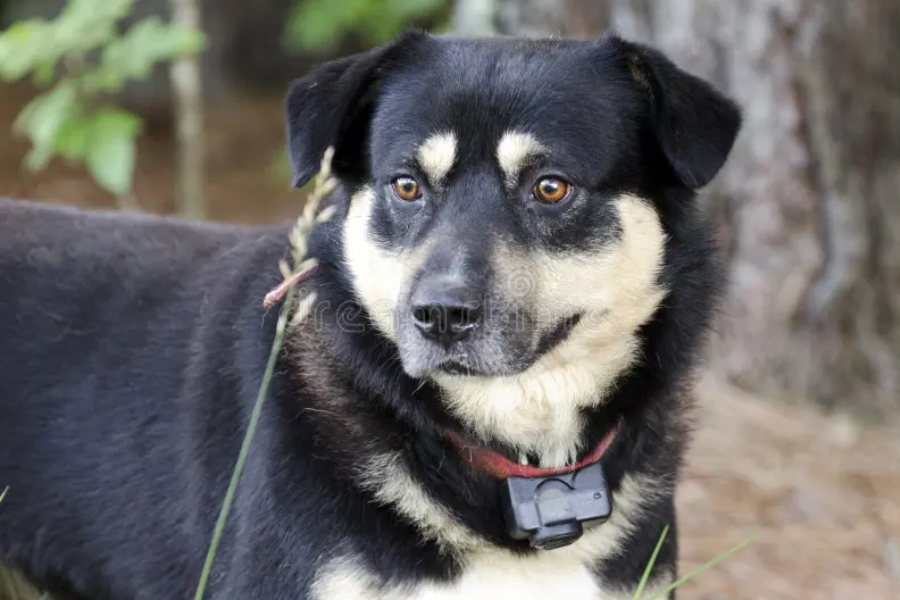
Training Your Dog with a Shock Collar
Training a naughty or stubborn dog can be tough. Some folks use a tool called a shock collar. But, do they really work? Let’s dive into it.
Shock Collars and Stubborn Dogs
Some stubborn dogs might react to shock collars while others might not. Studies show mixed results. Some say shock collars help tame bad behavior. Others warn they might make dogs scared or even more stubborn. Bottom line, shock collars might work for some dogs, but not all.
How to Train with a Shock Collar
If you’re using a shock collar, follow these steps to keep your dog safe and make training work.
- Make sure the collar fits right – snug but not too tight.
- Start with the lowest shock level. You just want to get your dog’s attention, not hurt them.
- Use the collar with voice commands and treats. This helps your dog connect the shock with the bad behavior.
- Keep training short and fun. Long, tough sessions can scare and confuse your dog.
- Don’t leave the collar on for too long. It can hurt your dog’s skin and make them upset.
Things to Remember
If you’re using a shock collar, remember these important tips. Don’t use a shock collar as your first choice. Try treats and praise first. If that doesn’t work, consider a shock collar but ask a pro for help.
Never use the collar to punish your dog. It’s a training tool, not a way to be mean. Misusing it can make your dog scared or even aggressive.
Always watch how your dog reacts to the collar. If they seem really scared or upset, stop using it. Ask a vet or a dog trainer about other ways to train your dog.
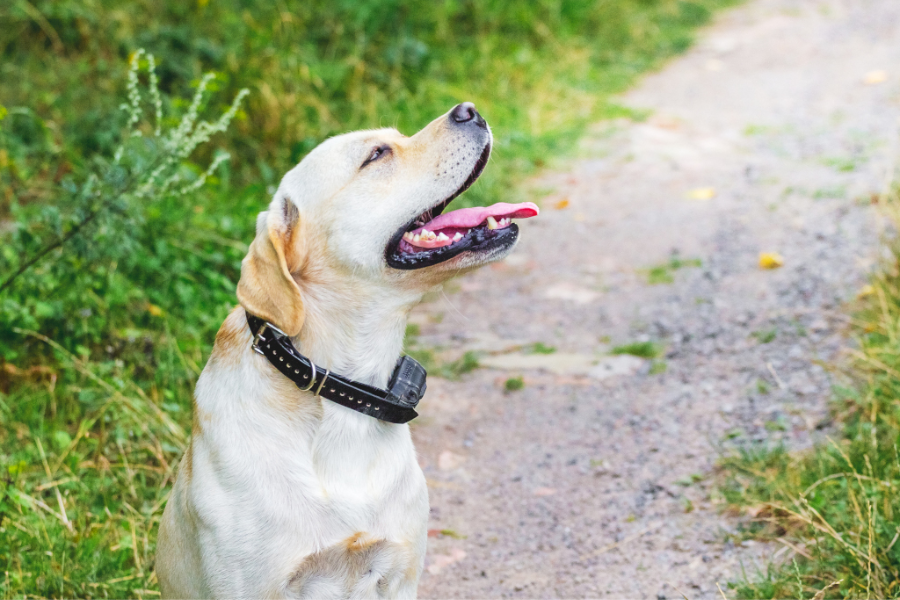
Conclusion
So, we’ve talked a lot about shock collars. We’ve shared what they are, how they work, and why your dog might not feel it. Things like your dog’s mood, the shock level, and how the collar fits can change how it works.
We showed you other ways to train your dog, like giving treats for good behavior and using a clicker. We also gave you a step-by-step plan for using a shock collar to train stubborn dogs. And, we reminded you to always be careful when using these tools.
At the end of the day, shock collars can work, but they’re not for everyone. You know your dog best. Always think about what’s best for your pet. Training should be fun for you and your dog, not scary or painful.





